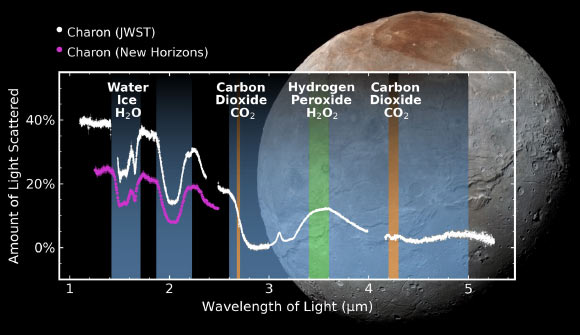
Using data from the Near-Infrared Spectrograph onboard the NASA/ESA/CSA James Webb Space Telescope, astronomers have detected carbon dioxide and hydrogen peroxide on the frozen surface of Pluto's moon Charon.

Recent images reveal a newly formed volcano. It is complete with multiple expansive lava flows and surrounding volcanic deposits, spanning an area of approximately 180 by 180 km — an impressive addition to Io’s volatile surface.

Volcanoes were erupting on the Moon as recently as 120 million years ago, evidence collected by a Chinese spacecraft suggests.
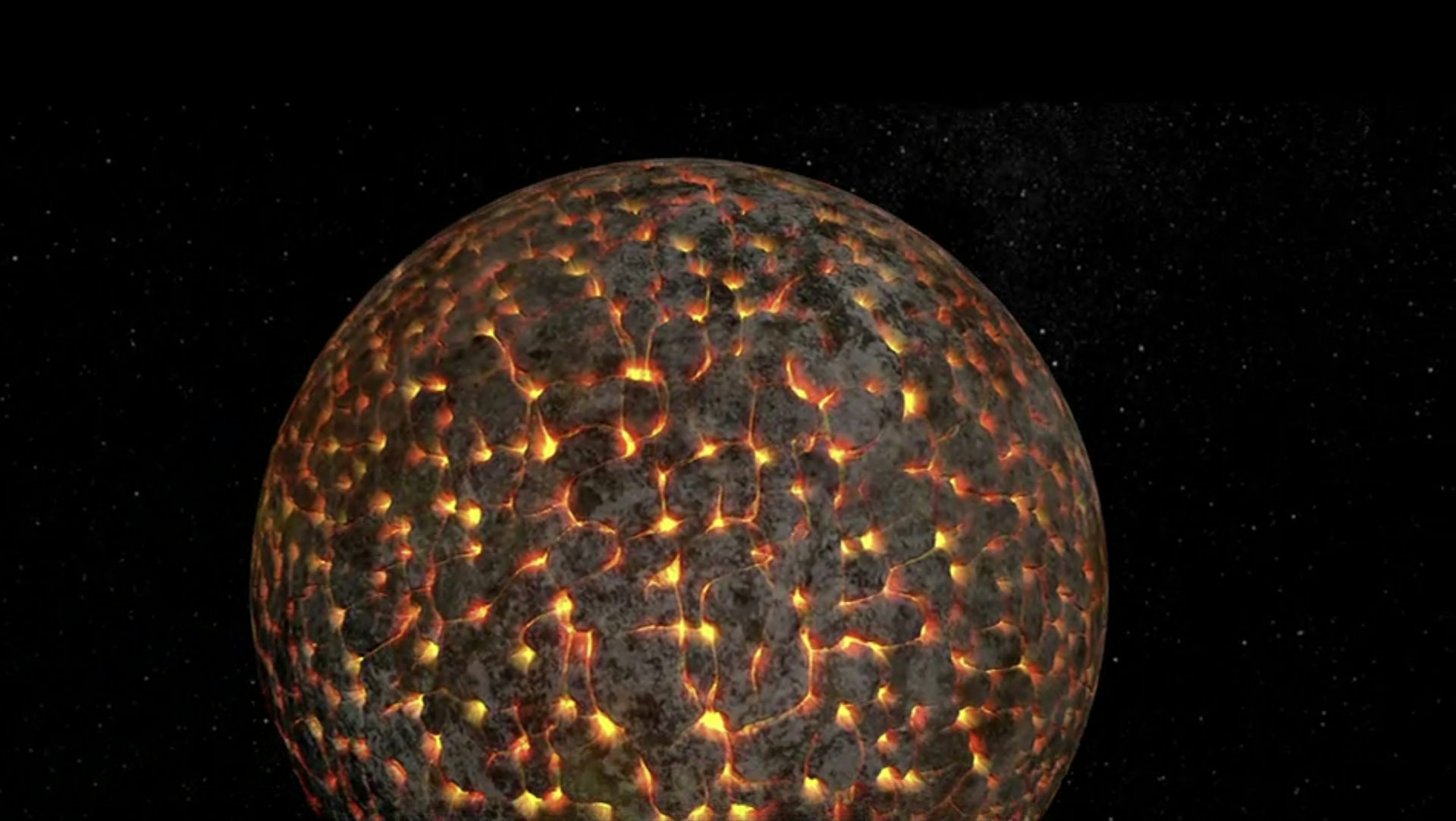
The new study seems to confirm that molten magma covered the Moon's surface shortly after its formation.

A thorough investigation published in May 2023 found that the inner core of the Moon is, in fact, a solid ball with a density similar to that of iron.

The European Space Agency's Gaia mission spotted hundreds of potential moons, orbiting around more than 350 previously unknown asteroids lurking within the solar system.

New research has revealed that the surface of Uranus’ moon Ariel is coated with a significant amount of carbon dioxide ice, particularly on its trailing hemisphere, which always faces away from the moon’s direction of orbital motion.
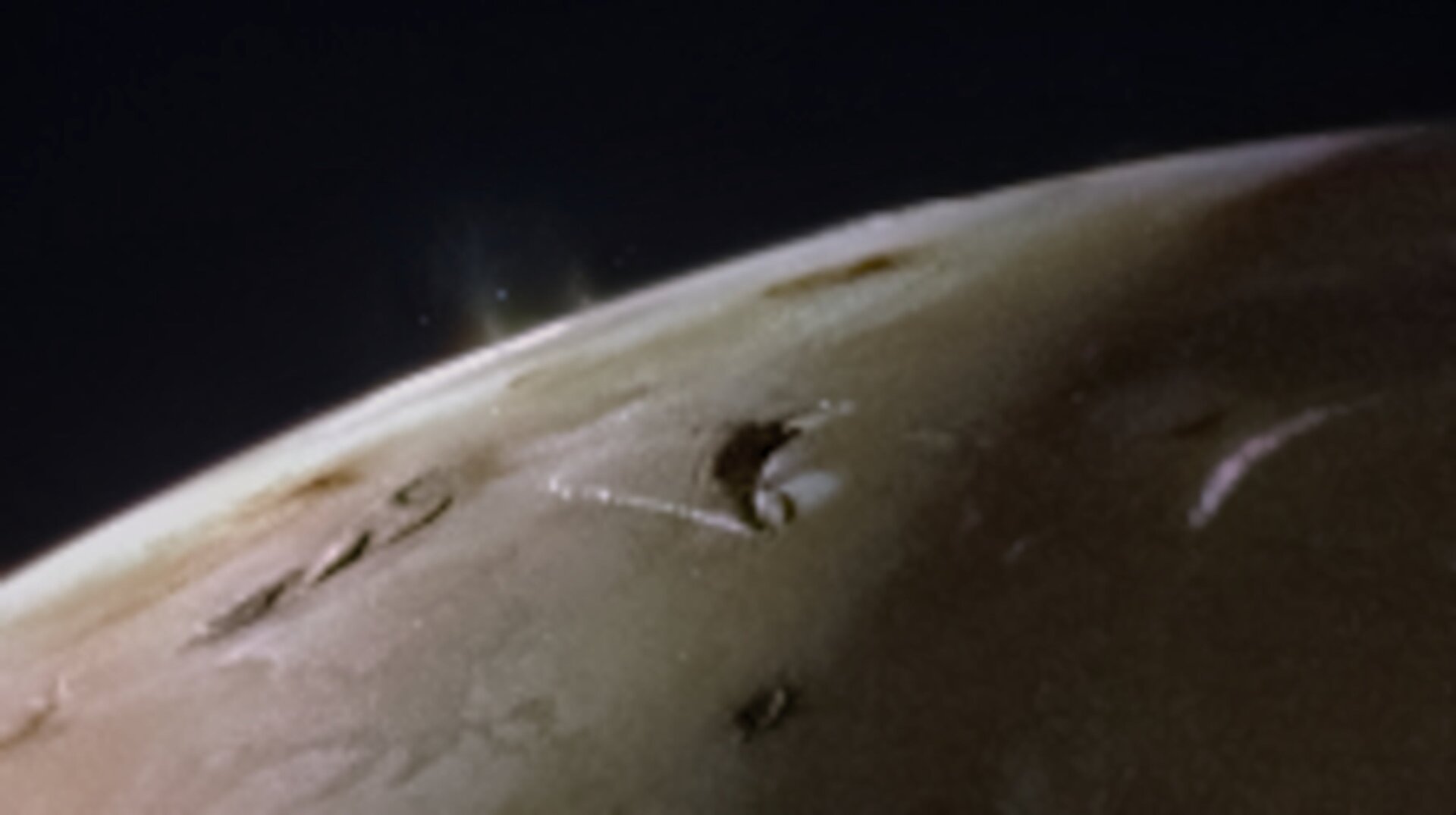
From around 2,400 miles away, the probe’s Jovian Infrared Auroral Mapper (JIRAM) instrument “revealed that the whole surface of Io is covered by lava lakes contained in caldera-like features.
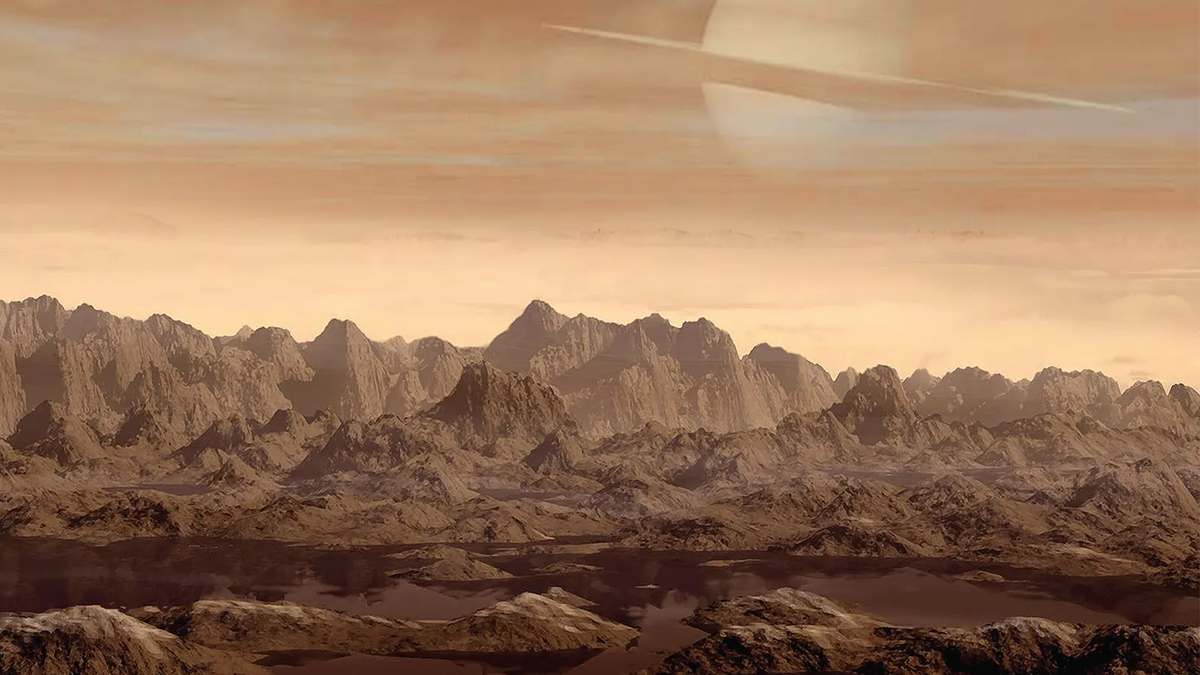
Instead of water, the fluid that runs across Titan is an unholy mixture of methane, ethane, and other hydrocarbons. A new study suggests that waves of the greenhouse gases could be crashing on the moon’s coastlines, shaping its wet landscape.
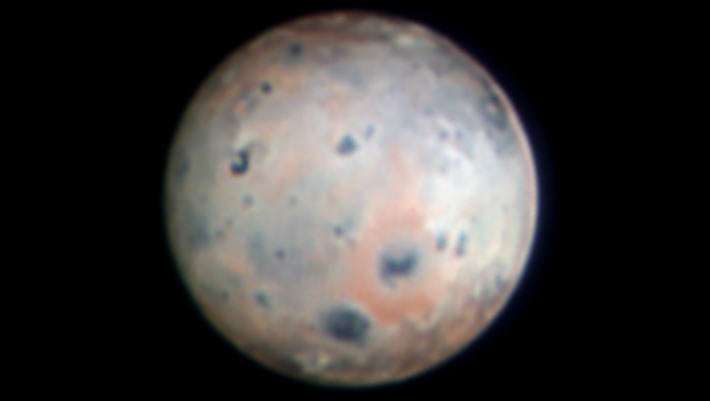
Using the SHARK-VIS instrument on the Large Binocular Telescope on Mount Graham in Arizona, the United States, astronomers have captured the highest resolution optical images of Io ever obtained from a ground-based telescope.
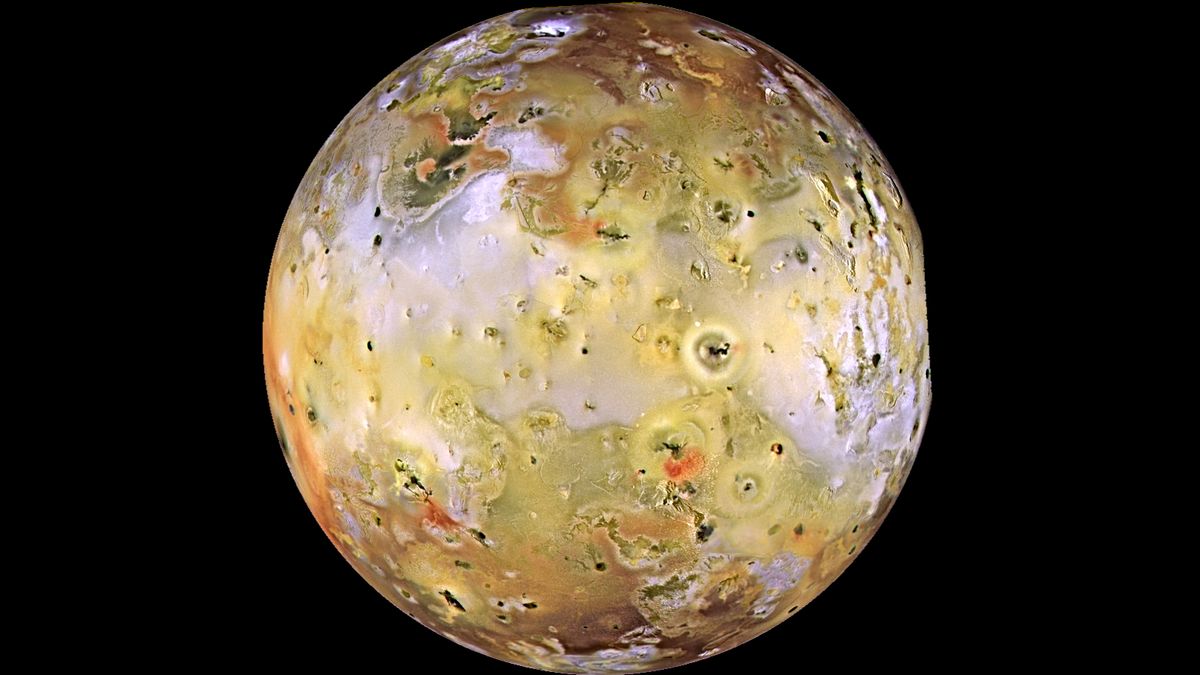
Imagery from the solar-powered spacecraft provides close-ups of intriguing features on the hellish Jovian moon.

NASA has given the green light for the nuclear-powered v rotorcraft to explore Saturn's largest moon, Titan. Approval for the 2028 interplanetary mission comes after years of delay due to COVID-19 and a series of cost overruns.

Using NASA’s Juno spacecraft, scientists have calculated the rate of oxygen production on Jupiter’s moon Europa — the first time any spacecraft had directly measured charged oxygen and hydrogen particles from the moon’s atmosphere.

The International Astronomical Union’s (IAU) Minor Planet Center announced the discovery of three new moons in our solar system Feb. 23. Uranus has one additional moon, while Neptune has picked up two.

A study shows the subsurface ocean of Titan—the largest moon of Saturn—is most likely a non-habitable environment, meaning any hope of finding life in the icy world is dead in the water.